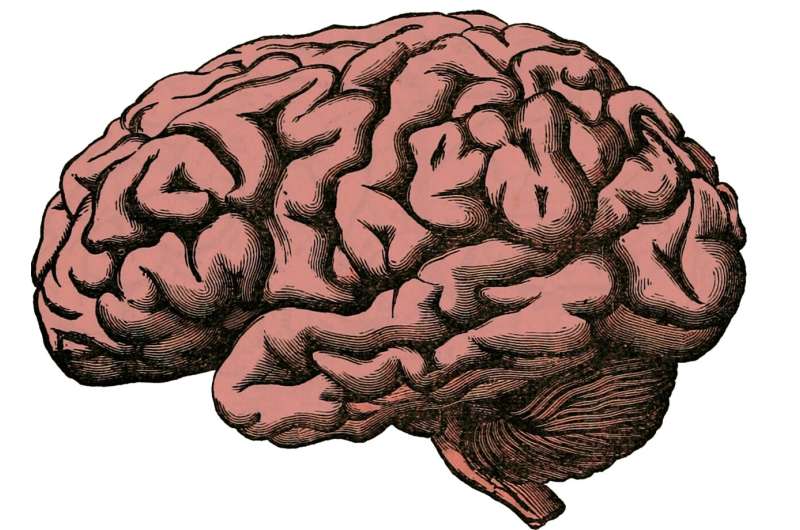This article has been reviewed according to Science X's editorial process and policies. Editors have highlighted the following attributes while ensuring the content's credibility:
fact-checked
peer-reviewed publication
trusted source
proofread
Stem cell scientists develop game-changing organoid model to study human cerebellar development and disease

In a first for USC Stem Cell scientists, the laboratory of Giorgia Quadrato has pioneered a novel human brain organoid model that generates all the major cell types of the cerebellum, a hindbrain region predominantly made up of two cell types necessary for movement, cognition, and emotion: granule cells and Purkinje neurons.
This marks the first time that scientists have succeeded in growing Purkinje cells that possess the molecular and electrophysiological features of functional neurons in an all-human system. These breakthroughs in organoid-directed brain modeling have been published in the journal Cell Stem Cell.
"The reproducible co-development and maturation of the main cell types of the developing cerebellum in a human organoid model provide a new way to explore the underlying biology of cerebellar development and disorders and advance therapeutic interventions," explained Quadrato, an assistant professor in the Eli and Edythe Broad CIRM Center for Regenerative Medicine and Stem Cell Research at the Keck School of Medicine of USC.
The cerebellum controls movement and plays important roles in cognitive functions, including language, spatial processing, working memory, executive functions, and emotional processing.
Degeneration of Purkinje cells is associated with various neurodevelopmental and neurodegenerative disorders, including autism spectrum disorder and cerebellar ataxia, a condition that affects muscle movement.
Other neurons within the organoids—both excitatory neurons that share information, and inhibitory neurons that inhibit the sharing of information—formed circuits and showed coordinated network activity, demonstrating that they were also functional nerve cells.
In addition, organoids formed human-specific progenitor cells, which are associated with medulloblastoma, the most prevalent metastatic brain tumor in children. This makes the organoids a potentially useful model for studying and finding treatments for this pediatric cancer.
Given the right external cues, the organoids could also be coaxed into forming anatomical features such as layers, mirroring normal embryonic brain development.
The organoid model creates a platform for discovering new treatments for variety of diseases.
"This study provides a physiologically relevant, all-human model system to elucidate the cell type-specific mechanisms governing cerebellar development and disease," said Alexander Atamian, a Ph.D. candidate in the Quadrato Lab and first author of the Cell Stem Cell study.
Additional co-authors are Macella Birtele, Negar Hosseini, Tuan Nguyen, Anoothi Seth, Ashley Del Dosso, and Marcelo P. Coba from USC; Sandeep Paul, Neil Tedeschi, and Ryan Taylor from Spatial Genomics; Ranmal Samarasinghe from UCLA; and Carlos Lois from the California Institute of Technology.
More information: Alexander Atamian et al, Human Cerebellar Organoids with functional Purkinje Cells, Cell Stem Cell (2024). DOI: 10.1016/j.stem.2023.11.013. www.cell.com/cell-stem-cell/fu … 1934-5909(23)00430-7


















